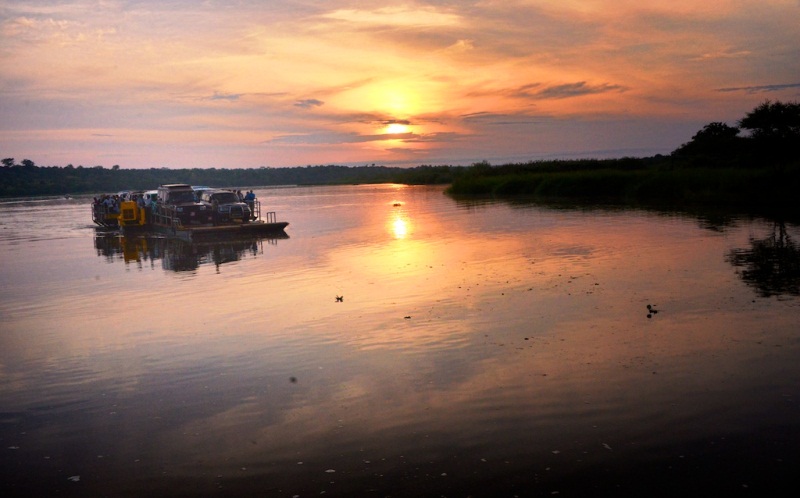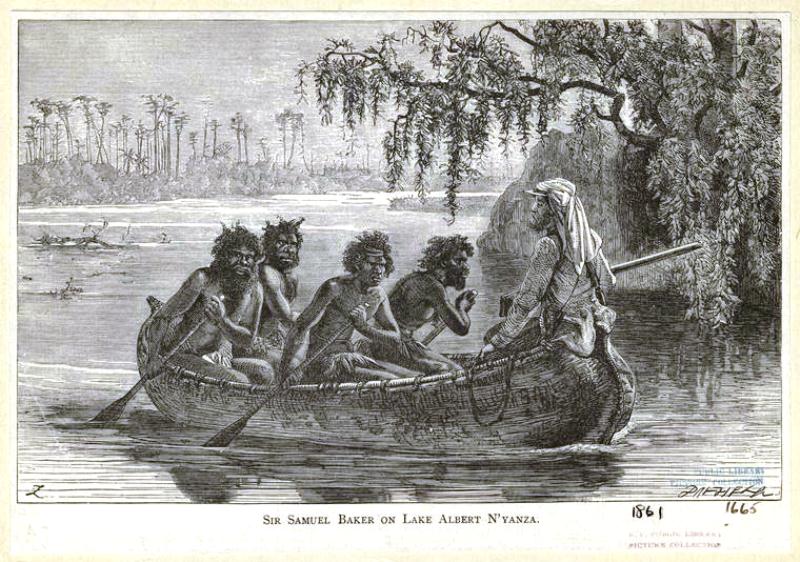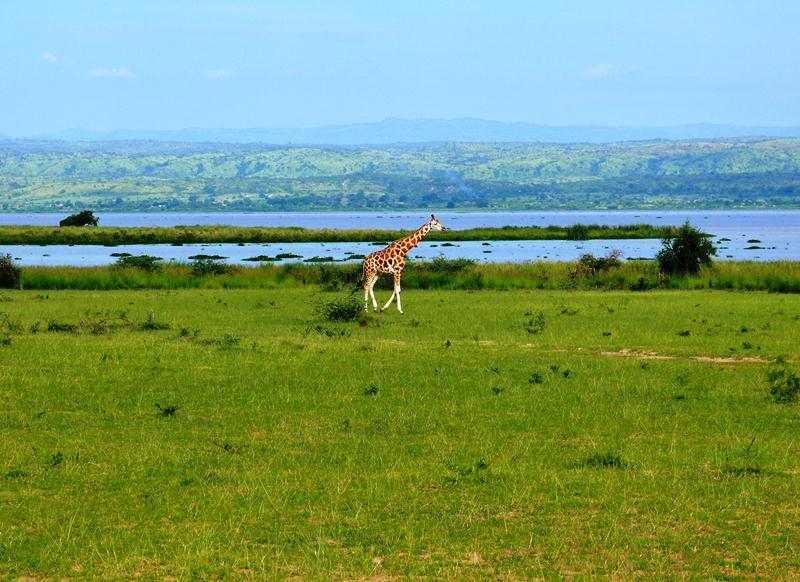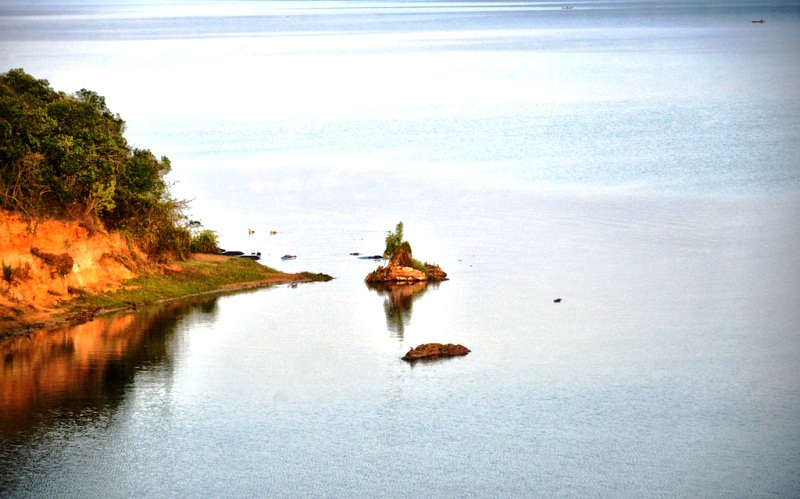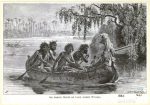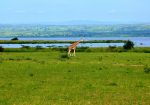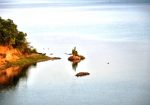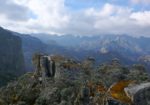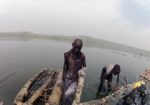Lake Albert, also called Albert Nyanza and formerly Lake Mobutu Sese Seko, is found in the Albertine Rift Valley on the border between DR Congo and Uganda. In 1864, the explorers Samuel Baker and Sass Flóra visted the lake and named it after the late Prince Albert, consort of Queen Victoria. In the 20th century, Congolese president Mobutu Sese Seko temporarily named the lake after himself.
Lake Albert is Africa’s seventh largest lake, and the world’s twenty seventh largest lake with an area of about 5,600 square km, a length of 160 km, and an average width of 35 km, averaging about 80 feet in depth and its maximum depth is 190 feet.
Its main sources are the Victoria Nile, from Lake Victoria and the Semliki River, which issues from Lake Edward and the rain-soaked Rwenzori Mountains.
European colonialists operated shipping on Lake Albert. The British planned shipping on Lake Albert as part of a network of railway, river steamer and lake steamer services linking British interests in Egypt, east Africa and southern Africa. The John I. Thornycroft & Company shipyard at Woolston, Hampshire built the cargo and passenger ship SS Robert Coryndon for this purpose in 1930. She was named after the British Army officer Robert Thorne Coryndon, who was governor of Uganda 1918-22. Winston Churchill described the ship as “the best library afloat” and Ernest Hemingway called her “magnificence on water“. She either was scuttled in 1962 or sank in 1964. She remains unsalvaged and partly submerged in the lake.
Wildlife including elephant, buffalo, hippopotamus, crocodile, and antelope—is abundant, especially in the Semliki Plains and the northern shores near Murchison Falls (Kabarega Falls). Fishing is also abundant on the lake

